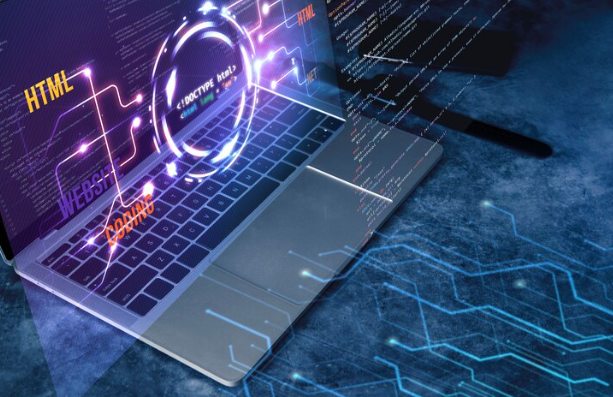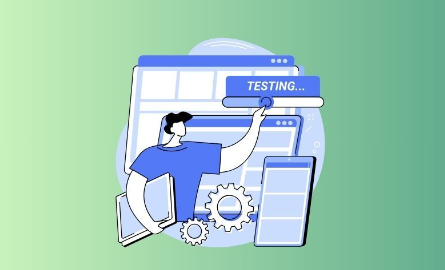Latest Trends in Cybersecurity for 2024

As technology continues to advance, so do the tactics and techniques of cybercriminals. To stay ahead of the evolving threat landscape, cybersecurity professionals must be proactive and adapt to the latest trends and innovations. In 2024, several key trends are shaping the field of cybersecurity. In this article, we’ll explore the latest trends that are expected to influence cybersecurity strategies in the coming year.
Contents
- 1. AI-Driven Threats and Defenses
- 2. Zero Trust Architecture
- 3. Quantum Computing Threats
- 4. Ransomware Resilience
- 5. Cloud Security
- 6. IoT Security
- 7. DevSecOps
- 8. Supply Chain Security
- 9. Privacy Regulations
- 10. AI-Powered Deception Technology
- 11. Behavioral Biometrics
- 12. Cybersecurity Workforce Development
- Conclusion
1. AI-Driven Threats and Defenses
AI-Powered Attacks:
Cybercriminals are leveraging AI and machine learning to launch more sophisticated attacks. AI-driven malware can adapt and evolve, making it harder to detect.
AI-Enhanced Defense:
Organizations are also using AI to bolster their cybersecurity efforts. AI can analyze vast datasets to identify threats, automate responses, and enhance overall security.
2. Zero Trust Architecture
The traditional perimeter-based security model is becoming obsolete. Zero Trust Architecture assumes that threats may already be inside the network and requires strict verification of users and devices trying to access resources.
3. Quantum Computing Threats
While quantum computing holds great promise, it also poses a threat to existing encryption methods. Cybersecurity experts are researching quantum-resistant encryption techniques to safeguard data in the quantum era.
4. Ransomware Resilience
Ransomware attacks continue to plague organizations. To combat this, businesses are investing in robust backup and recovery solutions and enhancing employee training to recognize and avoid ransomware threats.
5. Cloud Security
With the increasing adoption of cloud services, cloud security is paramount. Organizations are implementing cloud-native security tools and best practices to protect data in the cloud.
6. IoT Security
The proliferation of Internet of Things (IoT) devices introduces new vulnerabilities. IoT security involves securing these devices and the data they collect, often through network segmentation and enhanced device management.
7. DevSecOps
DevSecOps integrates security practices into the software development process from the start. This approach helps identify and fix vulnerabilities earlier in the development lifecycle.
8. Supply Chain Security
Cyberattacks on supply chains have far-reaching consequences. Organizations are scrutinizing their supply chain partners’ cybersecurity practices and implementing measures to secure the supply chain.
9. Privacy Regulations
Privacy regulations like GDPR and CCPA continue to evolve. Compliance with these regulations is not only a legal requirement but also a cybersecurity best practice to protect customer data.
10. AI-Powered Deception Technology
Deception technology uses decoys and traps to mislead attackers. AI enhances this technology by making decoys more convincing and improving threat detection.
11. Behavioral Biometrics
Traditional authentication methods are giving way to behavioral biometrics. This technology analyzes users’ unique behaviors, such as typing patterns and mouse movements, for authentication.
12. Cybersecurity Workforce Development
The cybersecurity skills gap remains a challenge. Organizations are investing in training and development programs to build a skilled cybersecurity workforce.
Conclusion
Cybersecurity is a dynamic field that continually adapts to emerging threats and technologies. Staying informed about the latest trends and innovations is crucial for organizations to protect their digital assets and maintain trust with customers.
In 2024, the integration of AI in both cyberattacks and defenses will be a defining trend. Additionally, a shift towards a zero-trust mindset and a focus on securing emerging technologies like quantum computing and IoT will be at the forefront of cybersecurity strategies.
To effectively navigate these trends, organizations must adopt a proactive and holistic approach to cybersecurity, encompassing technology, processes, and people. By doing so, they can better safeguard their digital future in an ever-evolving threat landscape.
Stay vigilant, stay informed and stay secure in 2024 and beyond.




